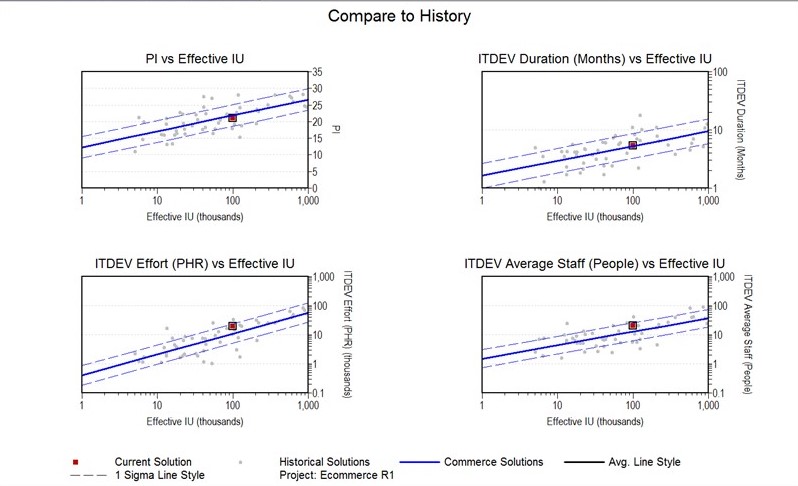I am a big sports fan and since I work for a software metrics company, I started thinking about the similarities in productivity measurement in both industries. From draft picks to game planning decisions, managers in sports measure their team’s productivity to help them make better decisions in the future. Software executives and product owners do the same thing; they measure productivity in order to make better planning decisions regarding upcoming projects.
To measure productivity in baseball, we look at measures like batting average, on-base percentage, slugging percentage, and earned run average. When measuring the productivity of agile software projects, we often look at the velocity, which takes into account the number of user stories completed in each sprint. This type of historical data helps us plan effectively at the detailed level.
As part of our work at QSM, we are often asked to provide plans at the release and portfolio level. To provide these plans reliably, we use a macro level, empirically-based productivity measure that encapsulates a number of project-related factors. This measure is called the Productivity Index, an integral part of the Putnam Model. Also known as the SLIM Model, the Putnam Model was invented by Larry Putnam Sr. almost 40 years ago and is having a big impact on software measurement more than ever today.
Once we know the total number of user stories (or any size measure), the release level effort, and the duration, we can calculate the Productivity Index of a project. The Productivity Index also takes into account the project environment including: the experience level of the team, the complexity of the software, and the quality of the tools and methods being used on the project.
The charts below show release level estimates compared to historical data, including industry trends. This information lets us know if our release level plans for productivity (PI), duration, effort, and team size are reasonable compared to what has been done in the past, so we can do a better job of forecasting our goals for the future. Just like in sports, with software we need to take a detailed and a big picture view of our productivity so we can plan more effectively for the future.

